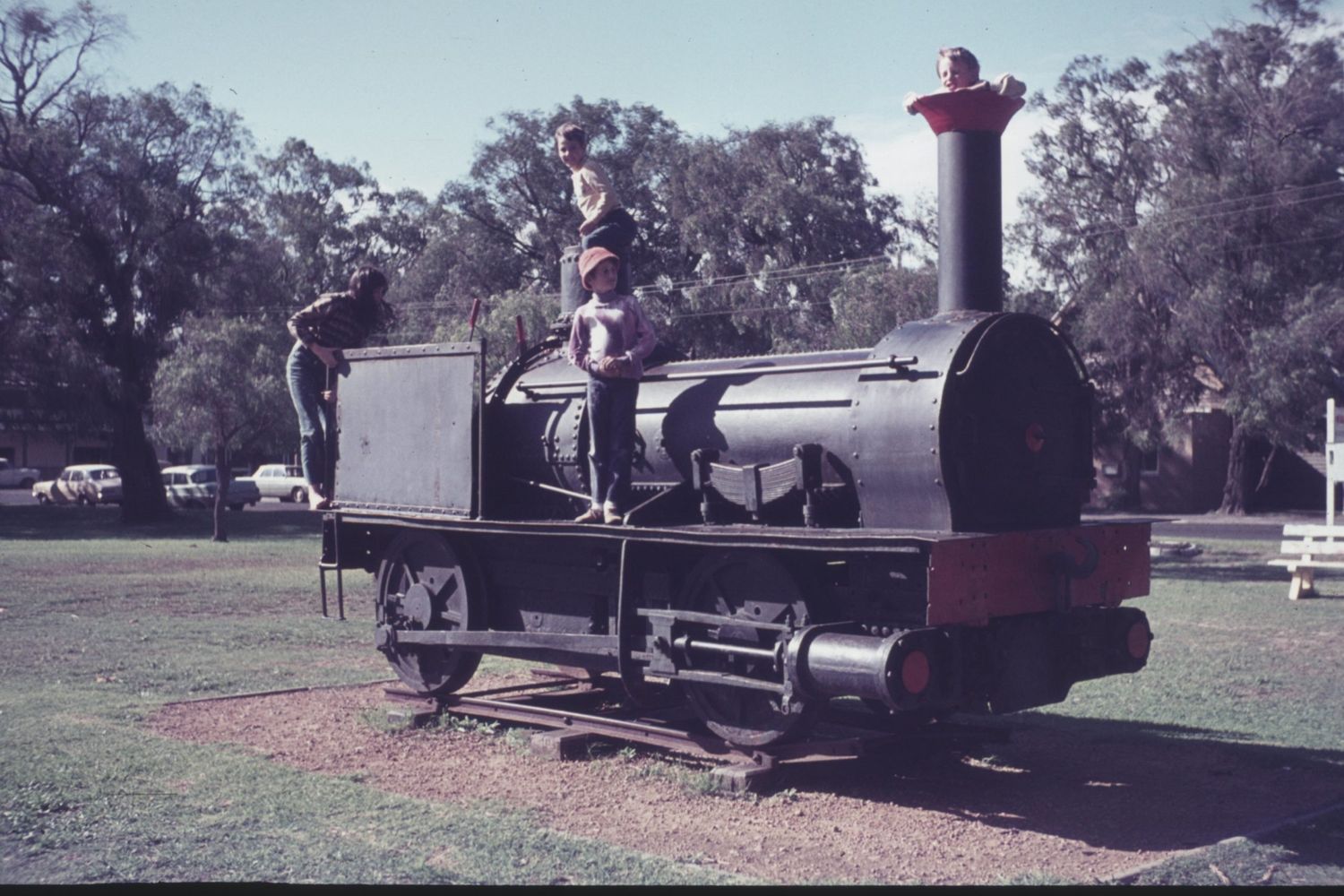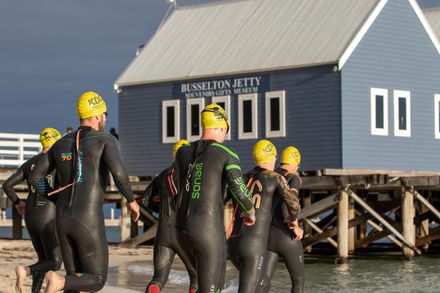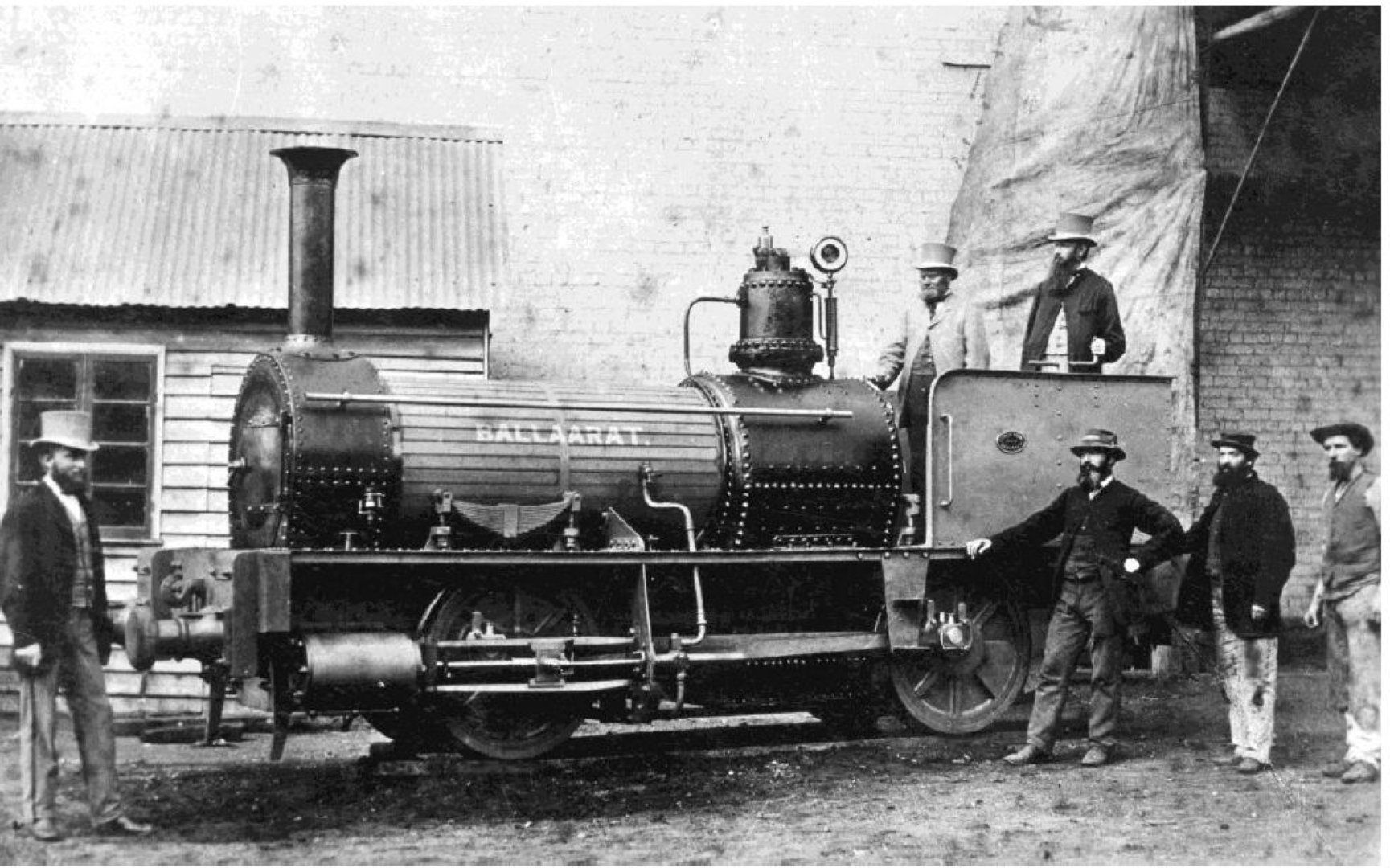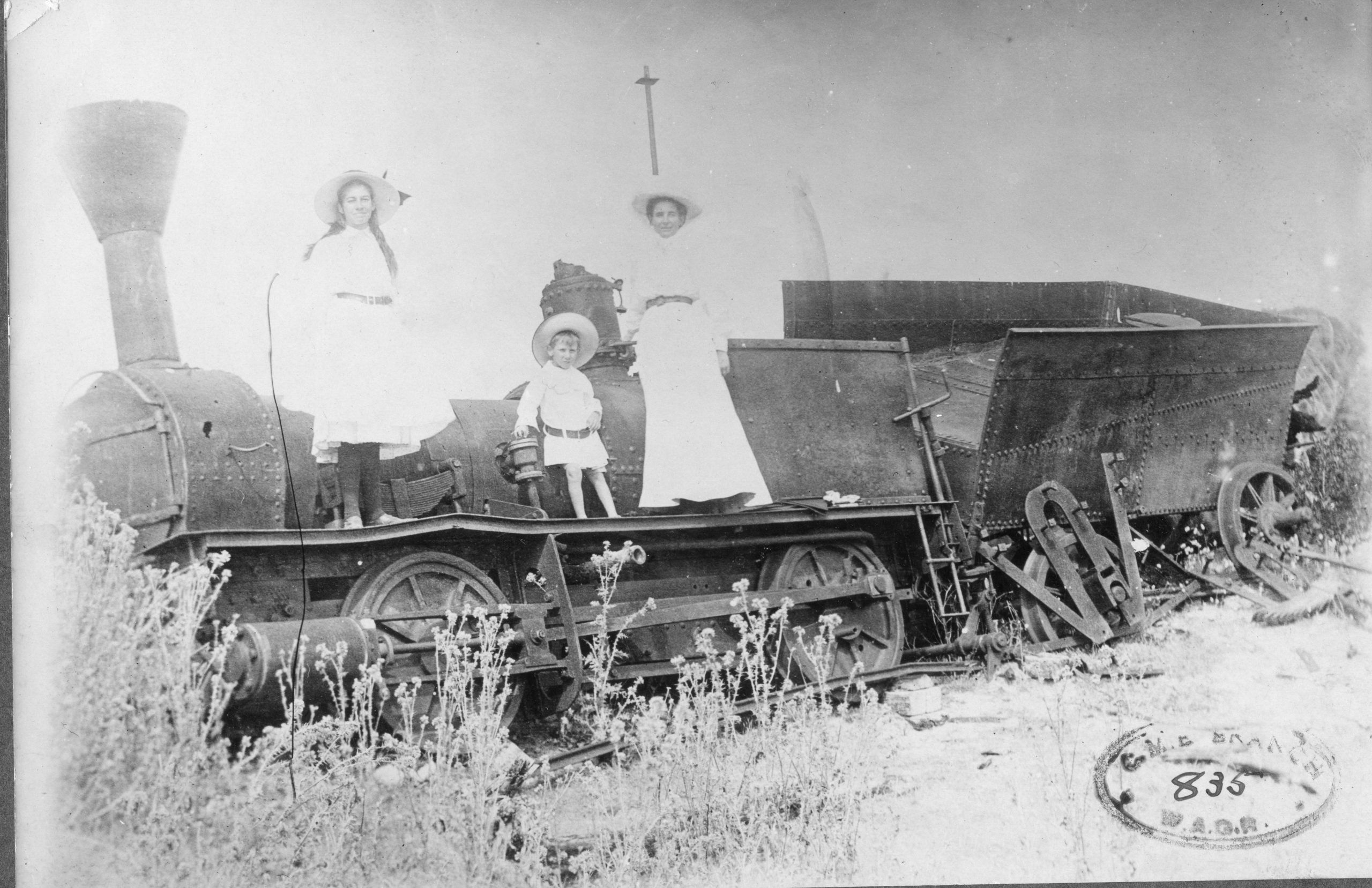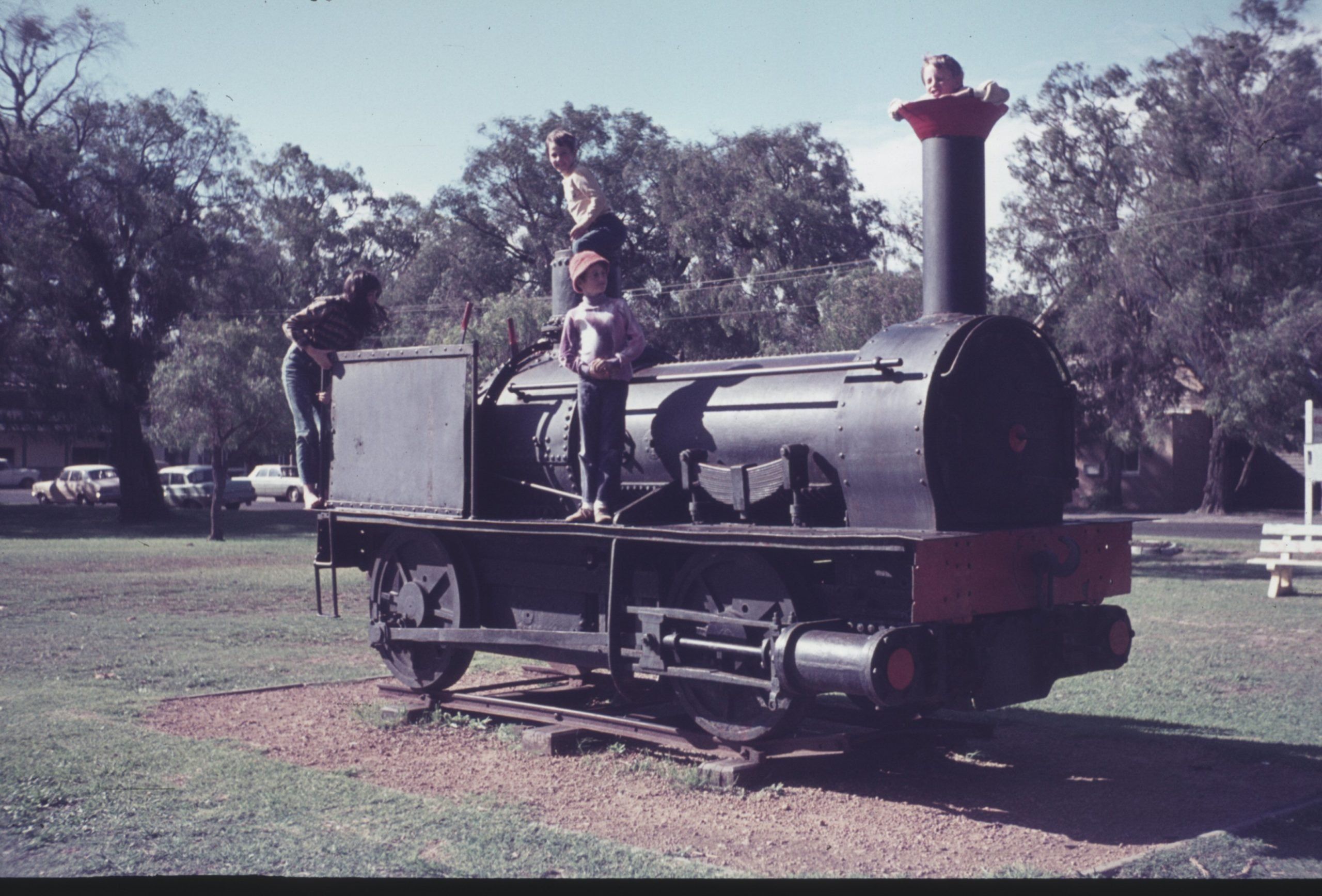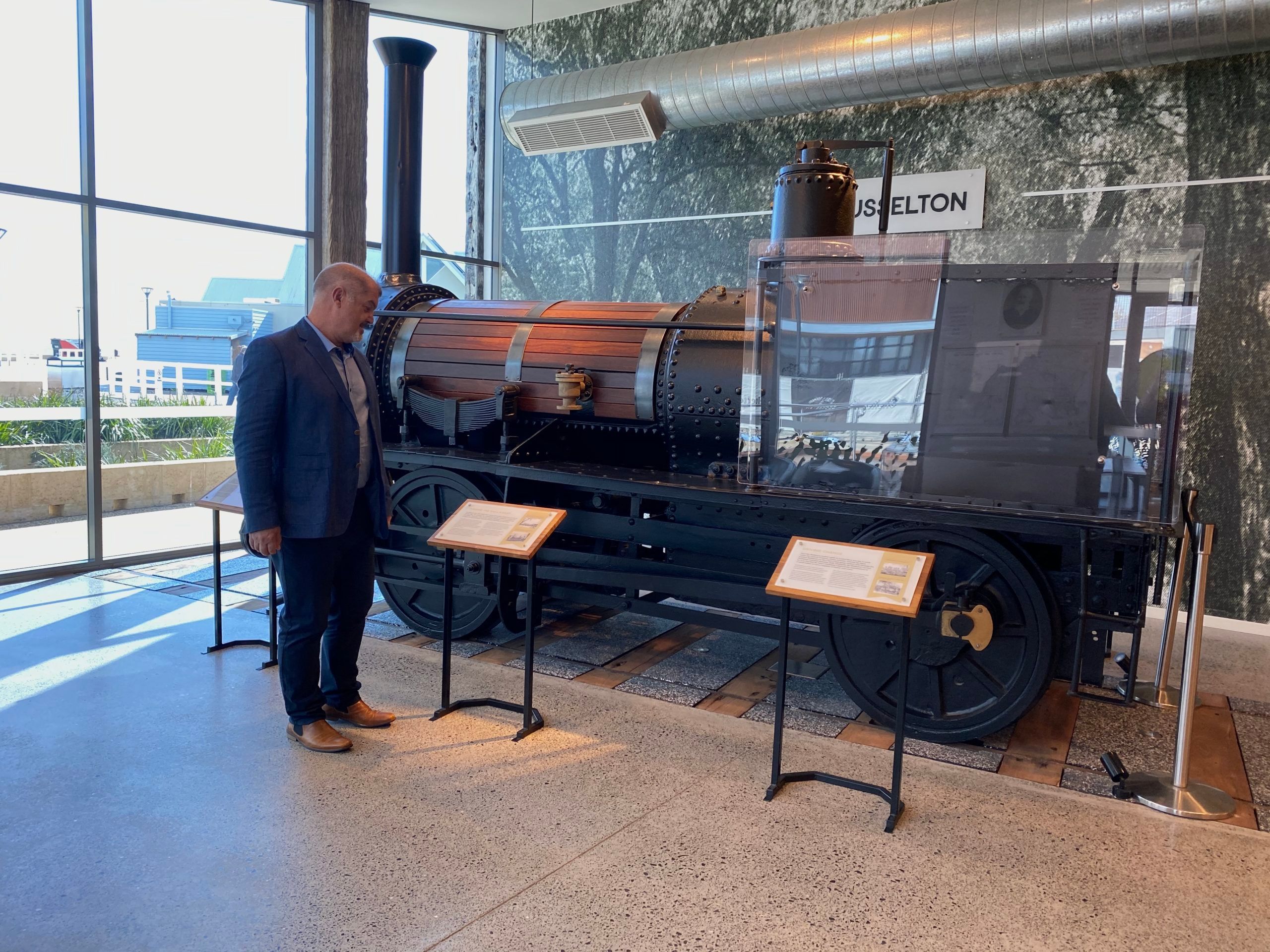It’s hard to imagine how significant it would have been for the tiny settlement of Vasse to have the honour of being home to the first steam engine in Western Australia, and the third in Australia. It was a gamechanger, akin to the first automobiles, the first aeroplanes and maybe even the first trip to the moon!
The steam locomotive was named Ballaarat by the Mayor of Melbourne, after the original spelling of the town where it was built. Ballaarat is made from two Aboriginal words ‘balla arat,’ which means ‘resting place’. The spelling of the town’s name was eventually changed to Ballarat, but the engine retained its original spelling.
The Western Australian Timber Company purchased the Ballaarat engine, and were awarded one of only three WA milling concessions granted by the Colony’s governor. Timber milling was the South West’s biggest industry and timber was the biggest export industry in Western Australia until World War I.
The company built WA’s first railway line, a 300-foot (91.4 metre) landing jetty, bridge and seaport at Lockeville north of Busselton (near Wonnerup) for transporting their timber offshore. Back then there were landing jetties dotted all over the Geographe Bay for shipping purposes.
Ballaarat earnt its keep hauling logs on a 18km tramline from Lockeville to Yoganup, and eventually 30km inland to Maryvale until the mill closed in 1887 after the company met financial difficulty.
The steam engine fell into decline after the mill’s closure in 1887. There was a chance it might be purchased for use on railway lines at Karridale and Boranup but was found unsuitable for those purposes. It was damaged by fire and remained exposed to the elements in a paddock for a number of years.
